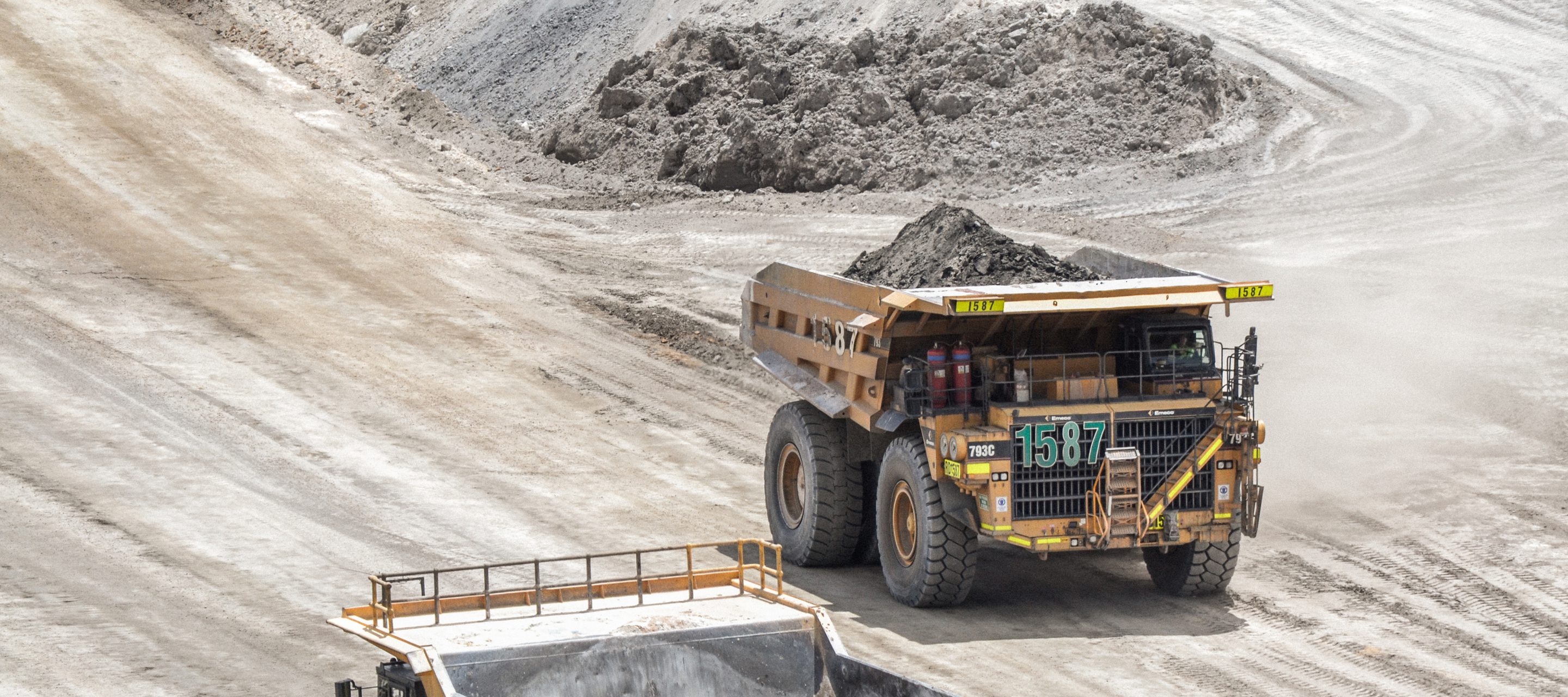The small Australian coal town with big lessons for successful net-zero transitions
14 July 2025 | 4 mins

This article was first published by edie.net on 30 June
As we sat amidst boxes of campaign material in Collie, Australia, a trade union worker said to us: “A just transition means to me that I can work in this town for the rest of my working career and so can my kids”. We heard this time again from workers in the rural town, where residents are facing an impending future without a coal industry that generations of the community have relied on.
There is no place for new coal in a climate-safe future. But in the UK, transitions away from fossil fuels in Port Talbot and Grangemouth risk leaving thousands of people without work. Meanwhile, in the US 33,000 American workers and their families depend on coal.
However, the proud coal town of Collie could hold answers for governments around the world navigating these challenges, because this town is in the thick of a very promising ‘just transition’ – closing its coal-fired power plants whilst attracting major investments into sustainable job-creating industries, in a plan driven by the workers and community.
If things go to plan, that trade union worker and his kids will all have long working careers in Collie, in industries that are solving the climate crisis.
Coal in the UK, US and Australia
The UK, the United States and Australia share long histories of coal production. Coal was famously critical to the UK’s Industrial Revolution, while coal mining started in Pennsylvania in the mid-1700s. And soon after, in 1883, the first major discovery of coal in Western Australia happened in the Collie Basin.
And in recent years, all three countries have been led by governments that are staunch supporters of the Paris Agreement. In the US, President Biden’s flagship Inflation Reduction Act awarded more than $100bn in green grants, while Kier Starmer’s Labour party committed to making the UK a ‘clean energy superpower’.
Meanwhile, in Australia, Prime Minister Anthony Albanese committed to reaching 82% renewables in the grid by 2030. The Western Australian (WA) Government subsequently announced plans to shut down Collie’s power plants by 2029.
Designing a just transition away from coal
With nearly a quarter of the town’s population of 9,000 reliant on coal work, the 2029 closure date was frightening – but not surprising.
On my visit, I met Steve McCartney from the Australian Manufacturing Workers’ Union (AMWU). Steve was shouted out of the Collie town hall when, in 2006, he first tried to start a conversation about the town preparing for a future without coal.
“I absolutely got my head kicked in,” is how he recalled it. But he kept going, and by 2022 – when the coal closure timeline was announced – the people of Collie had already designed their own ‘just transition’ plan.
This was a bottom-up, community-led approach – involving a wide range of stakeholders to build a transition plan that ensures jobs, community stability and long-term growth.
And it has paid off: within three years of the announcement that Collie’s coal plants would be closing this decade, the town has attracted close to AUD$700m in investment to revitalise its high street and tourism and attract new green industries, such as battery energy storage, green steel, graphite processing and magnesium refining.
We urgently need to stop churning out planet-warming emissions, and to do that we have to leave coal in the ground.
Haley St. Dennis
Head of Just Transitions, IHRB
Small town, big lessons
Collie is evidently a small rural coal town with big lessons to share about delivering fossil fuel transitions where the challenges are shared fairly and the benefits distributed equitably.
Firstly, Collie’s story demonstrates the critical role of government investment in demonstrating confidence in and supporting impacted communities. In the US, President Biden had already started this work, with $475m in funding for green energy projects on mine sites. And in the UK, we’ve seen some support for the workers and economies in Grangemouth and Port Talbot. But so much more is needed to make net-zero a real prospect.
These investments also recognise something else we heard time and again in Collie: the inherent employability of the 1,800 coal industry workers. Incoming green industries told us they were attracted to the highly transferable skills of Collie’s workforce, chiming with a recent report that 800 green industry jobs could be created in Grangemouth. Coal workers are an asset, with a proud identity that should be celebrated in the green transition.
Community input, immediate benefits
But the biggest lesson from Collie is that decisions about a transition have to be co-created with those most affected – a transition plan slapped down on a table simply will not work. In Collie, the unions, government, businesses and the community are working together, ensuring everyone with a stake in the transition has a say in its design and delivery. Here there are parallels with last year’s historic closure of the UK’s last coal-fired power station, Ratcliffe-on-Soar, where trade unions fought for a seat at the table.
A fundamental principle of Collie’s plan was that a just transition must make lives better now, not at some distant point in the future – by securing immediate pay rises, for example. This is what builds trust.
As Darcy Gunning, the AMWU campaigns organiser, said to us: “Without these wins along the way, no worker would trust me when I stand up in a room and say ‘let’s get excited about green steel’.”
We don’t have to look far to find examples of unjust energy transitions that have left communities to pick up the pieces – the legacy of coal mine closures in the 1980s is still felt in towns across the UK. But to deliver decarbonisation that meaningfully involves and empowers those most impacted, we need to find and share more examples that show the importance of learning-by-doing.




